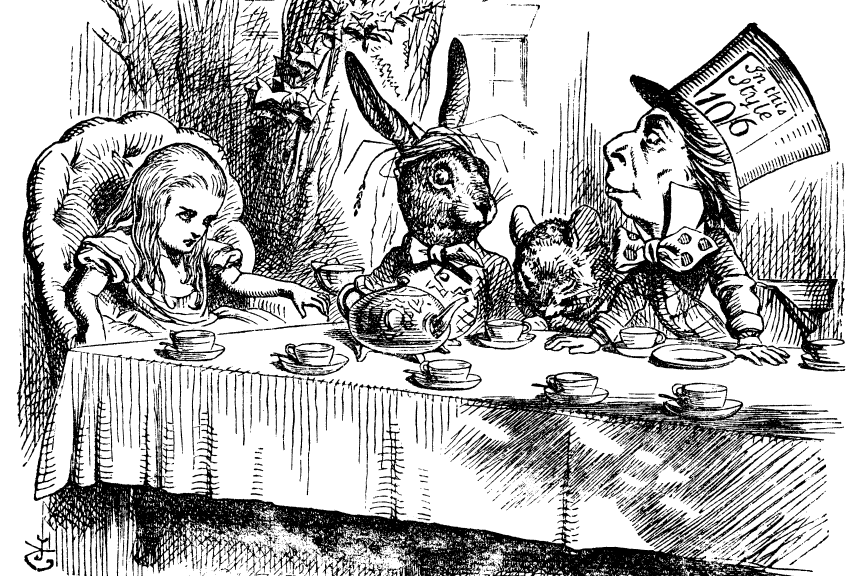By Kate Hawthorne, Staff Writer
If you like “Wicked” by Gregory Maguire, “Alice’s Adventures in Wonderland” by Lewis Carroll, and “Alice Through the Looking Glass” by Lewis Carroll, then you should read…
“After Alice” by Gregory Maguire
This novel continues in the same vein as Maguire’s more well-known novel “Wicked” — famous for the Broadway adaptation by the same name — in challenging preconceived notions of famous stories and looking at those stories from another perspective. In “After Alice,” this perspective is shown through the eyes of Ada Boyce, a young girl whose best friend is Alice. Alice is described as “unlovely” and is forced to wear an iron corset in order to maintain perfect lady-like posture. One day Alice’s father has a meeting with Mr. Dickens and a strange man named Mr. Winters, who is accompanied by a freed slave named Siam. In an attempt to find Alice, Ada and Siam find themselves tumbling down the same rabbit hole as Alice did; they too are exposed to the curiousness of Wonderland. All three children grow due to their experiences in Wonderland, but in rather different ways. Most know of Alice’s story, which focuses on childhood, but Ada goes through a very different transformation as a result of her time in Wonderland.
Maguire succeeds in creating a wonderful contrast to Lewis Caroll’s “Alice’s Adventures in Wonderland.” While Carroll’s books focus on the wonder of childhood, Maguire’s is much more of a coming-of-age novel — of growing into oneself and one’s surroundings. By the end of the story, Ada grew from her experience in Wonderland and benefited from the disassociation from traditional Victorian British society that the trip brought. Ada sprouted her wings thanks to Wonderland; by contrast, the same world gave Alice just another way to stay in her cocoon.
